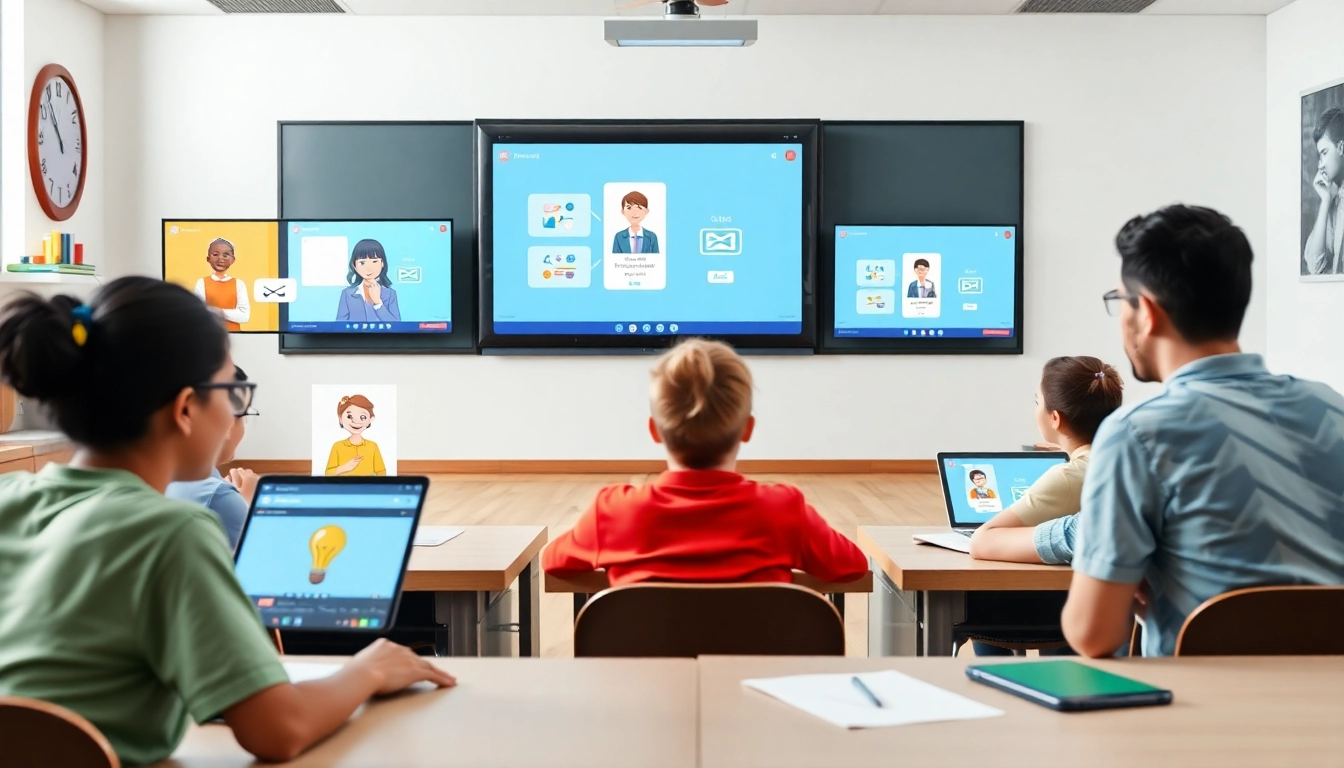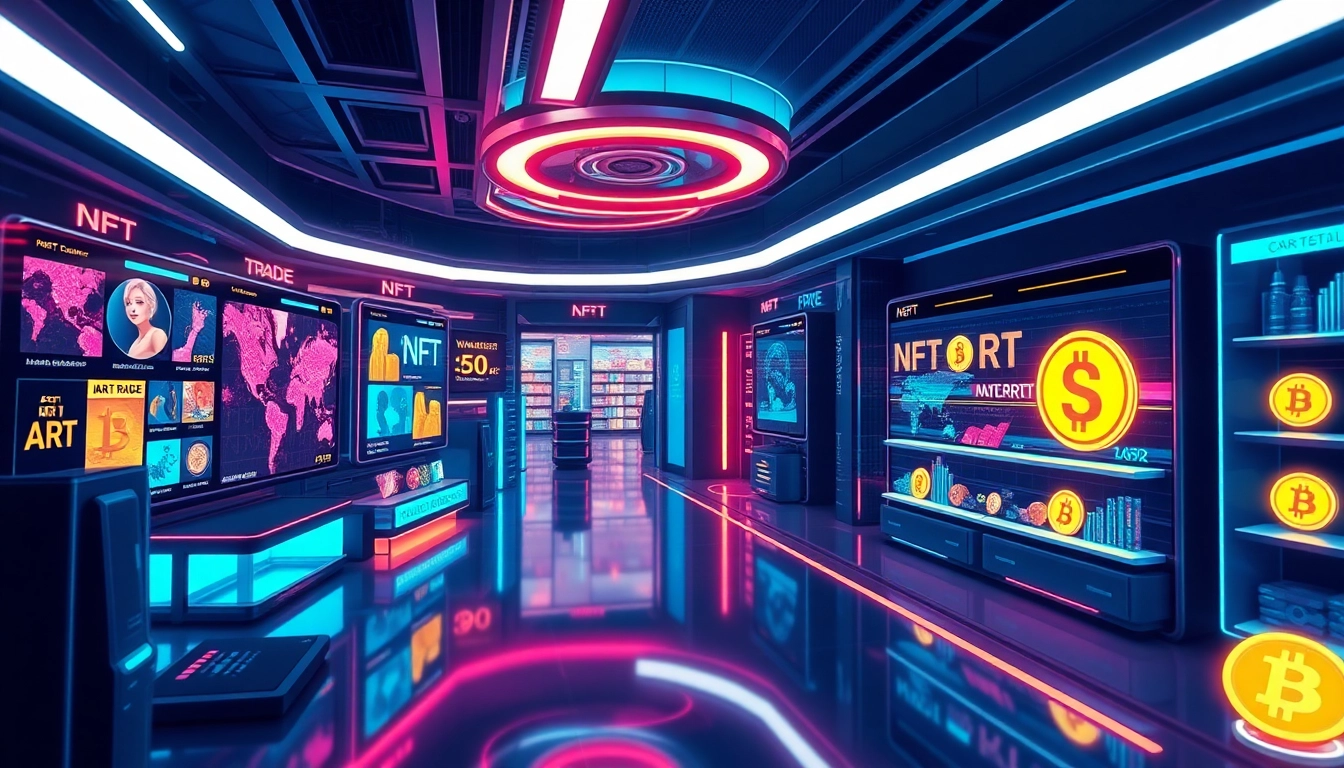Understanding Gamified Learning Creation: Foundations and Benefits
What is Gamified Learning Creation?
Gamified learning creation refers to the strategic integration of game elements into educational content to enhance engagement, motivation, and retention. Unlike traditional passive learning, this approach transforms lessons into interactive experiences that leverage mechanics such as points, badges, leaderboards, challenges, and narratives to captivate learners. The core idea is to make education feel more like a game—where students are active participants, driven by rewards and the thrill of progress.
At its essence, gamified learning goes beyond merely adding fun. It taps into cognitive and emotional mechanisms, stimulating the brain’s reward systems to reinforce desired behaviors and knowledge acquisition. Modern tools, like Mexty, empower educators and content creators to rapidly develop personalized, scalable content that incorporates these elements, ensuring that each learner’s experience is tailored to their needs and interests. For comprehensive insights on how to harness these strategies, explore more about gamified learning creation.
Key Advantages for Educators and Learners
- Enhanced Engagement: Gamification transforms dull, passive content into interactive journeys. Visuals, rewards, and competitiveness motivate learners to stay attentive.
- Personalized Learning Paths: Tools like Mexty enable swift customization, adapting content to fit individual learning styles—visual, auditory, or kinesthetic—making lessons more effective.
- Accelerated Knowledge Retention: Game mechanics stimulate memory recall through repeated, rewarding interactions, leading to better long-term retention.
- Increased Motivation and Competition: Leaderboards and badges foster a healthy sense of competition, encouraging learners to strive for achievement.
- Efficient Data Tracking: Gamified platforms provide immediate feedback and detailed analytics, enabling educators to monitor progress and address gaps promptly.
These benefits collectively create an environment where learners are more invested, and educators can efficiently manage and optimize their teaching strategies.
Common Challenges You Can Overcome
While gamified learning offers numerous benefits, implementing it isn’t without hurdles. Common challenges include:
- Design Complexity: Crafting engaging game mechanics that align with learning objectives can be intricate.
- Technology Barriers: Limited access to user-friendly tools can hinder quick deployment.
- Balancing Fun and Education: Overemphasis on rewards may overshadow learning goals.
- Scalability Constraints: Customizing content at scale requires efficient processes.
- Assessment Difficulties: Measuring deep understanding through gamified metrics demands sophisticated tracking.
The good news is that modern platforms like Mexty are designed with these challenges in mind. They simplify content creation, provide ready-to-use gamification templates, and facilitate data-driven adjustments to optimize performance.
Designing Effective Gamified Learning Experiences
Incorporating Game Mechanics for Engagement
Effective gamification begins with selecting the right mechanics to match learning objectives. Points incentivize knowledge recall; badges recognize mastery; leaderboards foster healthy competition; and storytelling provides context, making content memorable. For example, integrating a narrative that unfolds as learners progress encourages sustained engagement.
Aligning Rewards and Feedback for Motivation
Rewards should be meaningful and aligned with desired learning outcomes. Immediate feedback through progress bars, hints, or celebratory animations reinforces positive behaviors. Systems like Mexty help educators design these feedback loops effortlessly, ensuring that motivation sustains throughout the learning process.
Case Studies of Successful Gamified Content
High-impact examples include language learning apps using point systems to motivate practice, or corporate training modules employing leaderboards to encourage competition. For instance, a sales training program integrated quizzes with badges and rewards, resulting in 40% faster skill acquisition and higher post-training engagement.
Tools and Techniques for Rapid Gamified Content Development
Creating Interactive Quizzes and Assessments
Interactive quizzes serve as pivotal gamification tools. They turn routine assessments into game-like challenges by incorporating timers, instant feedback, and unlockable levels. Platforms like Mexty enable rapid development of SCORM-compliant quizzes, which can be embedded easily into broader curricula. These create a game-like environment that turns assessment into an engaging activity rather than a chore.
Utilizing SCORM-Compliance for Scalability
SCORM compliance ensures that content is compatible across various learning management systems. This standardization allows for scalable distribution and tracking of gamified modules across institutions. Mexty facilitates SCORM-conformant course creation, making it simple for educators to deploy content widely without technical barriers.
Leveraging Community Resources and Remixing Content
Collaborative platforms encourage sharing, remixing, and co-creating content among teachers and content creators. Drawing from community-sourced templates or lessons accelerates development and introduces diverse gamification strategies that have been proven effective.
Implementation Strategies to Maximize Impact
Integrating Gamified Content in Curriculum
Seamless integration requires aligning gamified modules with learning objectives and curriculum standards. Start by mapping game elements to key competencies, then phases of deployment—pilot testing, iterative feedback, and scaling—ensure smooth adoption. Mexty’s intuitive interface helps educators embed interactive content effortlessly.
Tracking Engagement and Learning Outcomes
Robust analytics are essential. Use data from leaderboards, completion rates, and quiz scores to assess engagement levels and conceptual understanding. This data-driven approach allows for targeted improvements and evidence of gamification’s effectiveness.
Iterative Improvement Based on Data
Continuous refinement based on learner interactions maximizes educational impact. Adjust game mechanics, rewards, or difficulty levels accordingly. Mexty enables iterative updates and real-time analytics, fostering sustainable content evolution.
Future Trends in Gamified Learning Creation
Emerging Technologies and Innovations
Advances such as augmented reality (AR), virtual reality (VR), and artificial intelligence (AI) are set to revolutionize gamified learning. These technologies offer immersive experiences, adaptive learning paths, and personalized feedback, further increasing engagement and retention.
Personalization at Scale for Diverse Learners
Adaptive algorithms will enable educators to deliver highly personalized gamified content at scale, catering to varied learning styles, paces, and preferences. Platforms like Mexty are pioneering these capabilities with intuitive tools that adapt to each student’s journey.
Building a Sustainable Content Creation Community
The future also emphasizes community-driven content development. Shared repositories, co-creation spaces, and collaborative workshops will foster innovation, ensuring that gamified learning remains dynamic, relevant, and inclusive.



